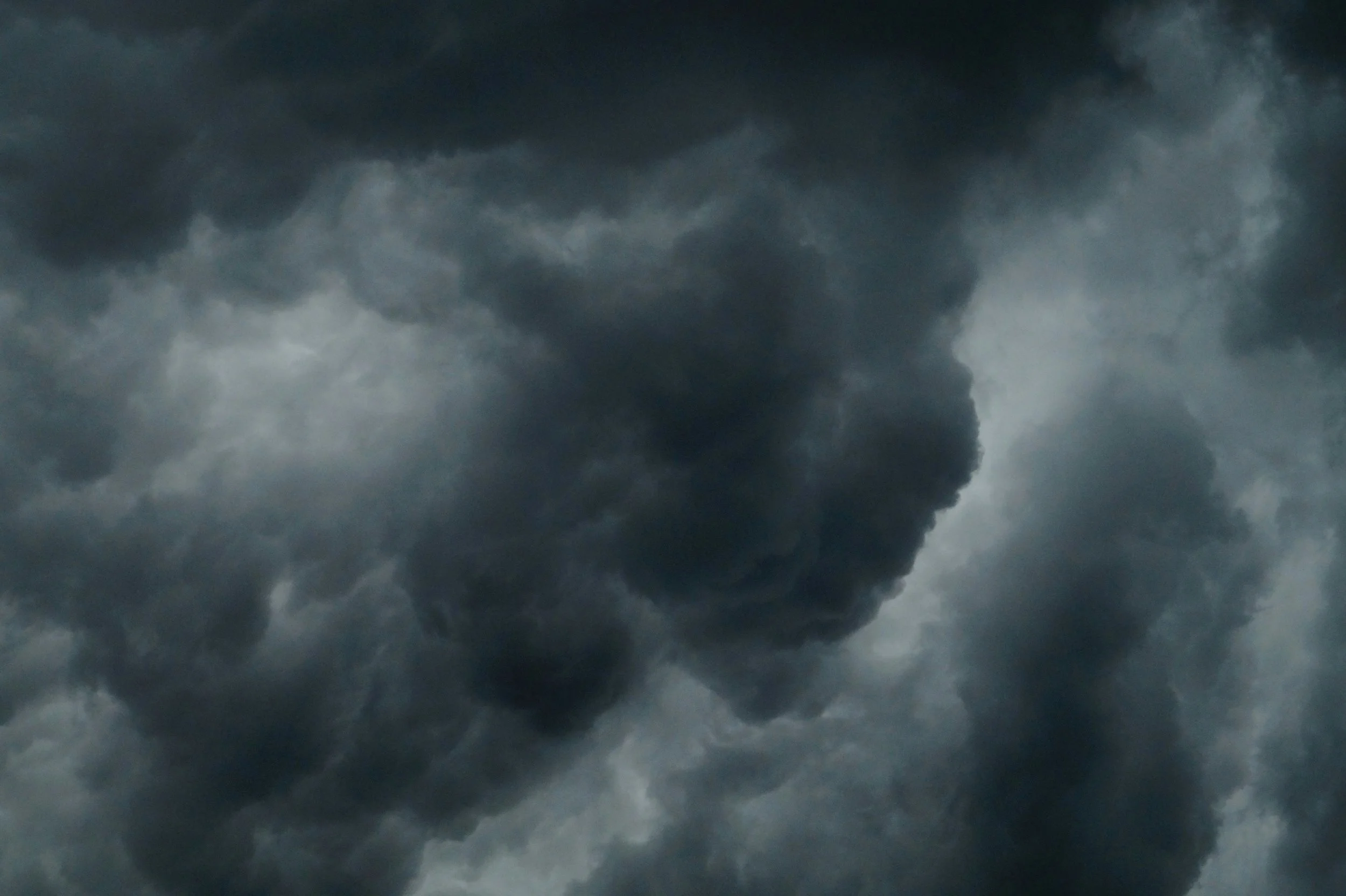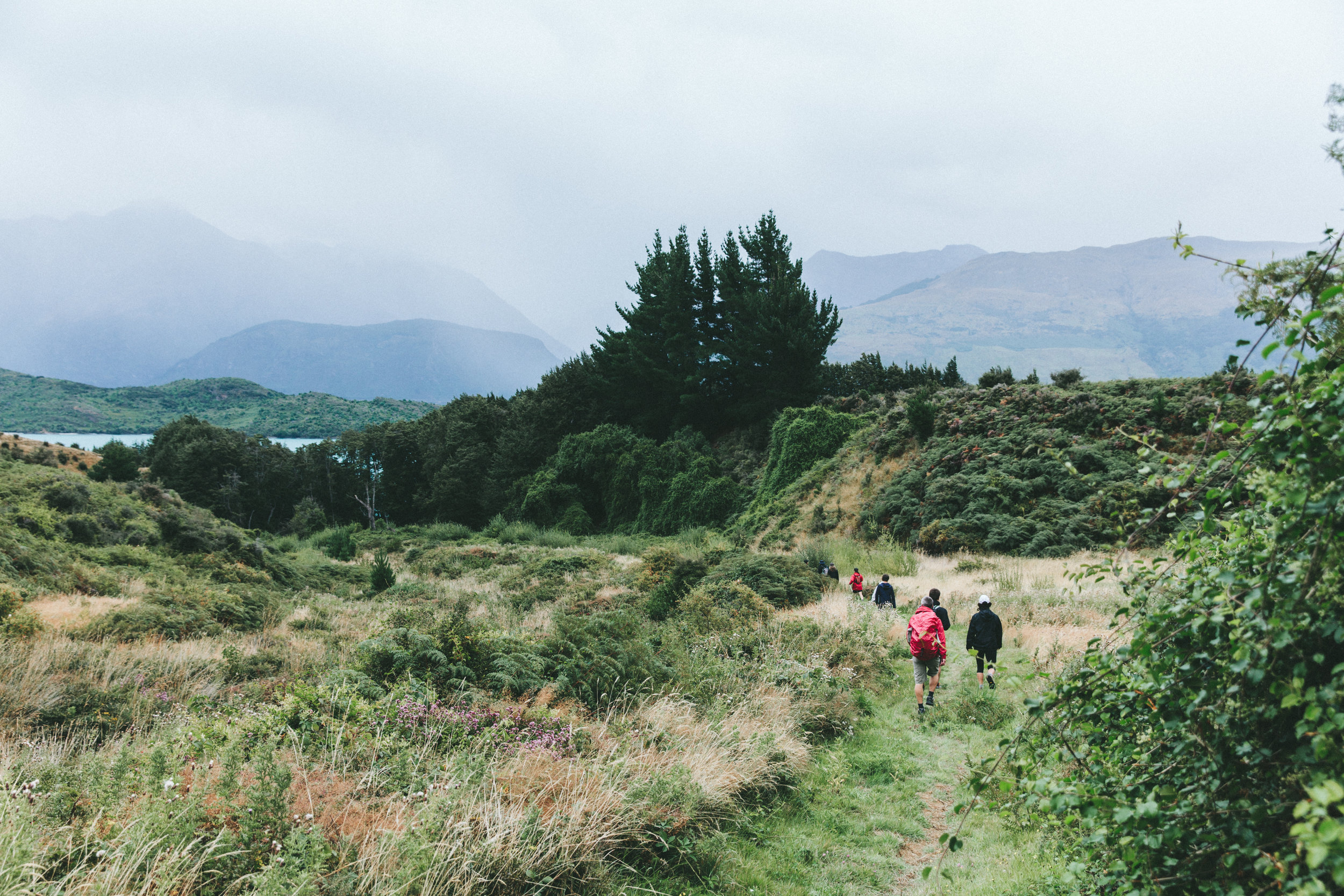
The Ultimate Hurricane Kit Essentials

Water Supply
Water is your most important resource in a hurricane emergency. Experts recommend storing one gallon per person per day for at least three to seven days. Use gallon jugs or stackable water storage containers. In many storms, water systems are shut off or become contaminated, so having your own clean supply is absolutely critical for hydration, cooking, and hygiene.
Rechargeable LED Flashlights
When the lights go out, you’ll need a reliable source of illumination. Rechargeable LED flashlights are compact, bright, and long-lasting—many can be charged via USB or solar power. A good flashlight helps prevent injuries and reduces stress in a dark home or shelter. Make sure to pack extra batteries or a solar panel for backup charging.
NOAA Weather Radio
Hand-crank or solar-powered, a battery-free NOAA weather radio keeps you informed when cell towers are down and internet access is lost. These radios receive emergency broadcasts and storm alerts, often before warnings hit your phone—if they ever do. Choose a model that runs on solar power or has a hand crank for unlimited reliability.
Basic First Aid Kit
A well-stocked first aid kit can make a big difference in an emergency. Look for one that includes bandages, antiseptics, gloves, tweezers, gauze, and over-the-counter medications. When hospitals are overwhelmed or unreachable, being able to treat minor injuries or manage pain is invaluable.
Multipurpose Tool or Survival Knife
A quality multitool is one of the most versatile items you can own in an emergency. Whether you're opening canned food, making minor repairs, cutting rope, or handling small electrical fixes, a Swiss Army knife or multitool with pliers, screwdrivers, and a blade can do it all. It’s a compact problem-solver in your pocket.
Emergency Blanket or Sleeping Bag
If your home is damaged or you're staying in a shelter, a warm, compact sleeping option is essential. Mylar emergency blankets are lightweight and reflect body heat, while sleeping bags offer more comfort and insulation. Either way, be prepared for cold nights without power.
7-Day Supply of Medications
Make sure to include at least a one-week supply of prescription medications and important over-the-counter items. Pharmacies may be closed or inaccessible, and missing critical doses could become a serious health issue. Keep a printed list of your medications in your kit as well.
Comfort Items for Kids
Emergencies can be especially frightening for children. Small comfort items—like a stuffed animal, coloring book, or handheld game—can help reduce fear and provide a sense of normalcy during disruptions. It’s a small touch that makes a big emotional difference.
Shelf-Stable Food
IYour kit should include enough food to nourish you and your household without electricity. Focus on non-perishable items like canned goods, protein bars, nut butters, ready-to-eat meals, and MREs (Meals Ready to Eat). Grocery stores will likely be closed or sold out, and refrigeration may be unavailable. Choose foods that require no cooking and provide energy, comfort, and variety.
Portable Power Bank (High Capacity)
Staying connected during a storm is crucial. A high-capacity power bank—ideally 10,000mAh or more—can keep your phone, tablet, or emergency light running for several days. Communication, weather alerts, and location sharing all depend on a charged device, so don’t overlook this modern-day essential
Emergency Lanterns
For lighting larger spaces, include an emergency lantern or flameless candles that last up to 100 hours. Unlike flashlights, lanterns can illuminate an entire room, making them ideal during extended power outages. Battery-operated or solar-powered lanterns are safest indoors, especially around children or pets.
Hygiene Supplies
Cleanliness becomes even more important when resources are limited. Stock your kit with toilet paper, hand sanitizer, moist towelettes, feminine hygiene products, and garbage bags. These simple items help prevent the spread of illness and maintain your dignity during tough conditions.
Waterproof Document Pouch
Store important paperwork in a sealed, fire- and waterproof document envelopes. This includes IDs, insurance documents, medical records, contact lists, and some emergency cash. If you need to evacuate or apply for disaster relief, having these ready and protected can save you days of frustration and delay.
Solar Charger or Generator
For longer outages, a solar panel charger or compact portable generator can keep critical devices running. These are especially helpful for phones, radios, fans, or even medical equipment. A quiet, battery-powered option like a Jackery is ideal for indoor or apartment use.
Emergency Cash
When the power’s out, so are card readers and ATMs. Keep small denominations of cash—$1s, $5s, and $20s—in your waterproof pouch. It can help with fuel, food, or small purchases when digital payments are unavailable.
Pet Preparedness Kit
Pets are family too, and they need their own supplies. Pack extra pet food, a leash or carrier, medications, ID tags, and waste bags. Many shelters require pets to be crated and documented, so plan ahead to ensure your animals are safe and welcome.
Optional Add-Ons for Premium Kits
These items aren’t essential for every kit, but they can be incredibly helpful if the storm’s aftermath lasts longer than expected.